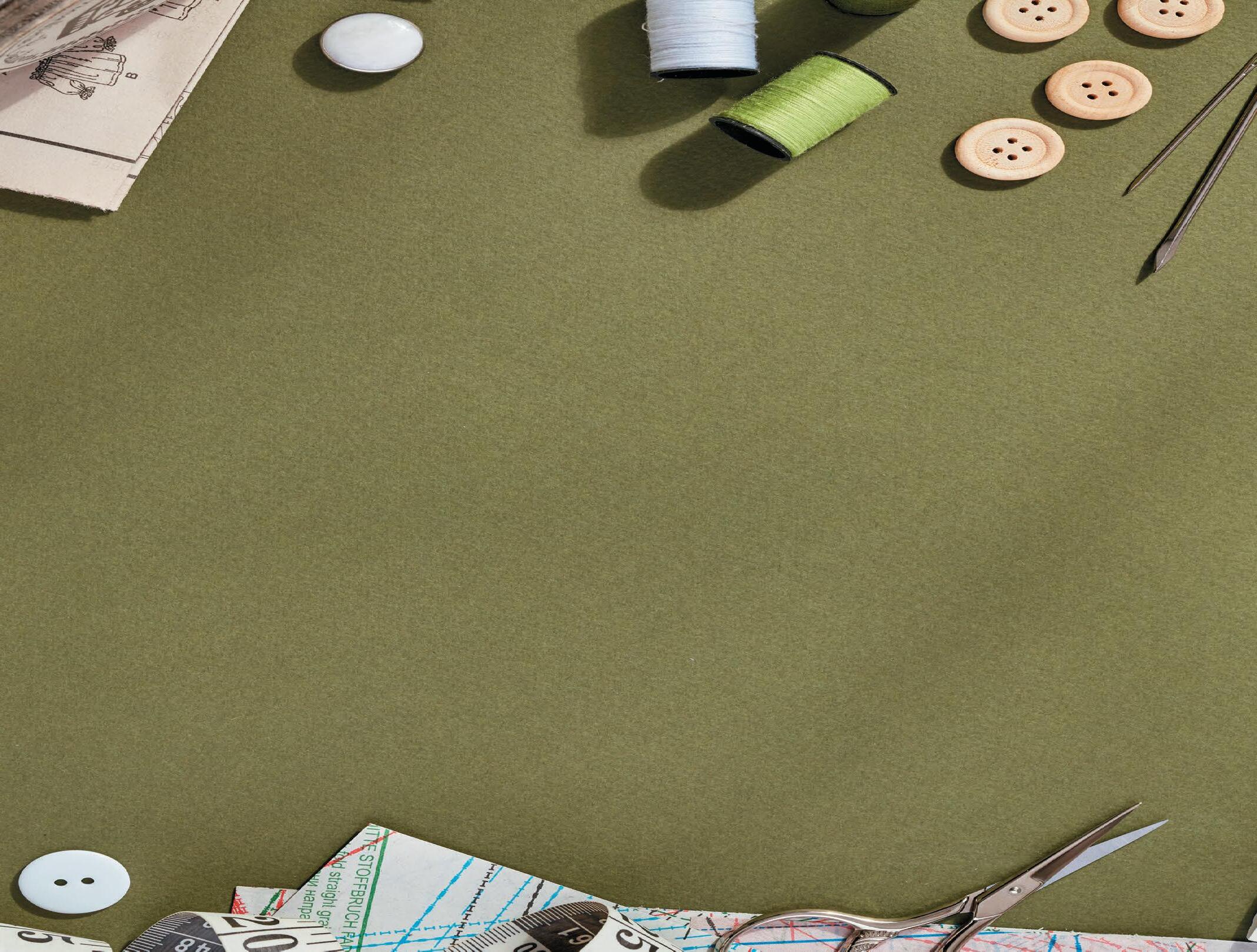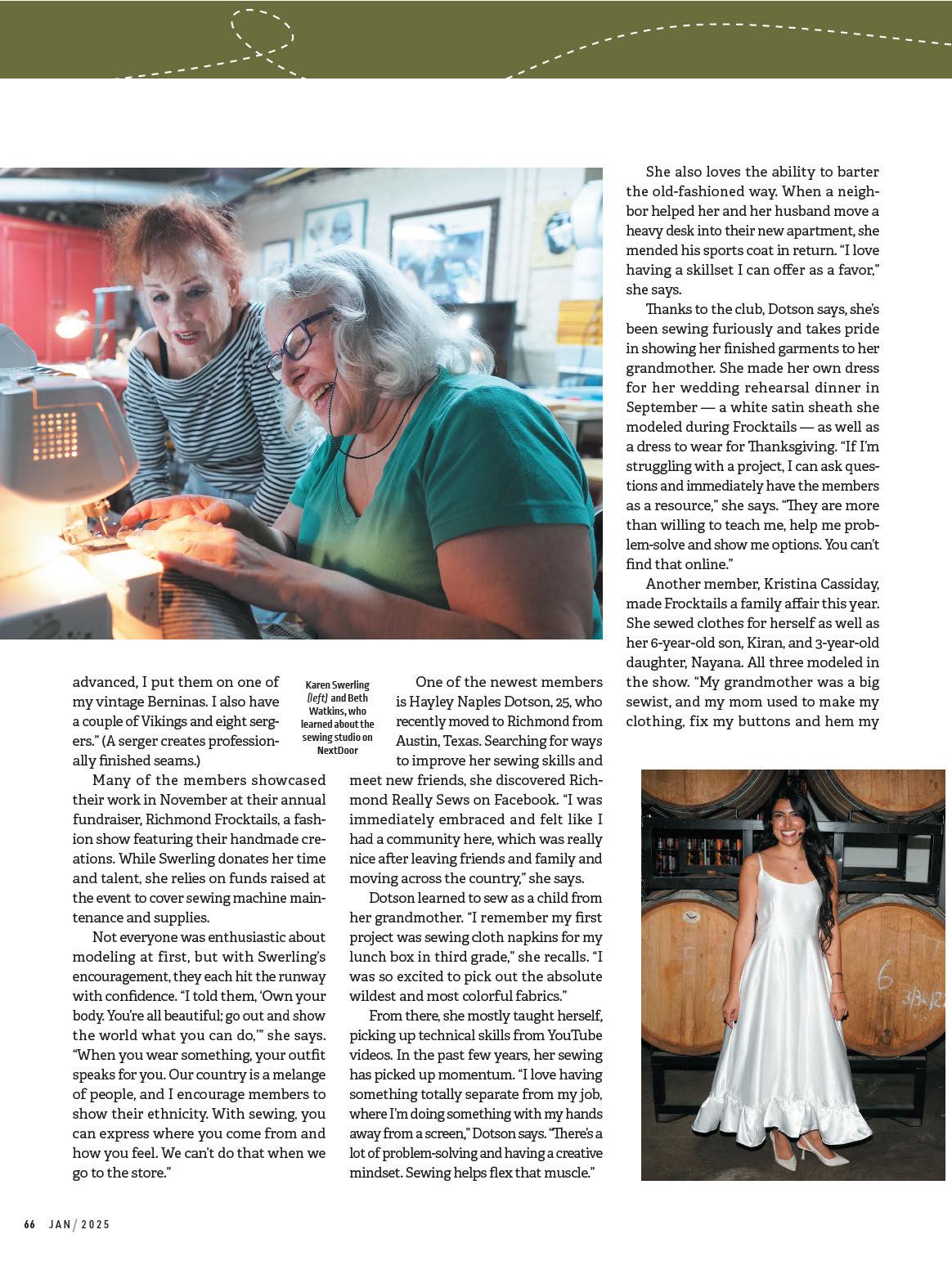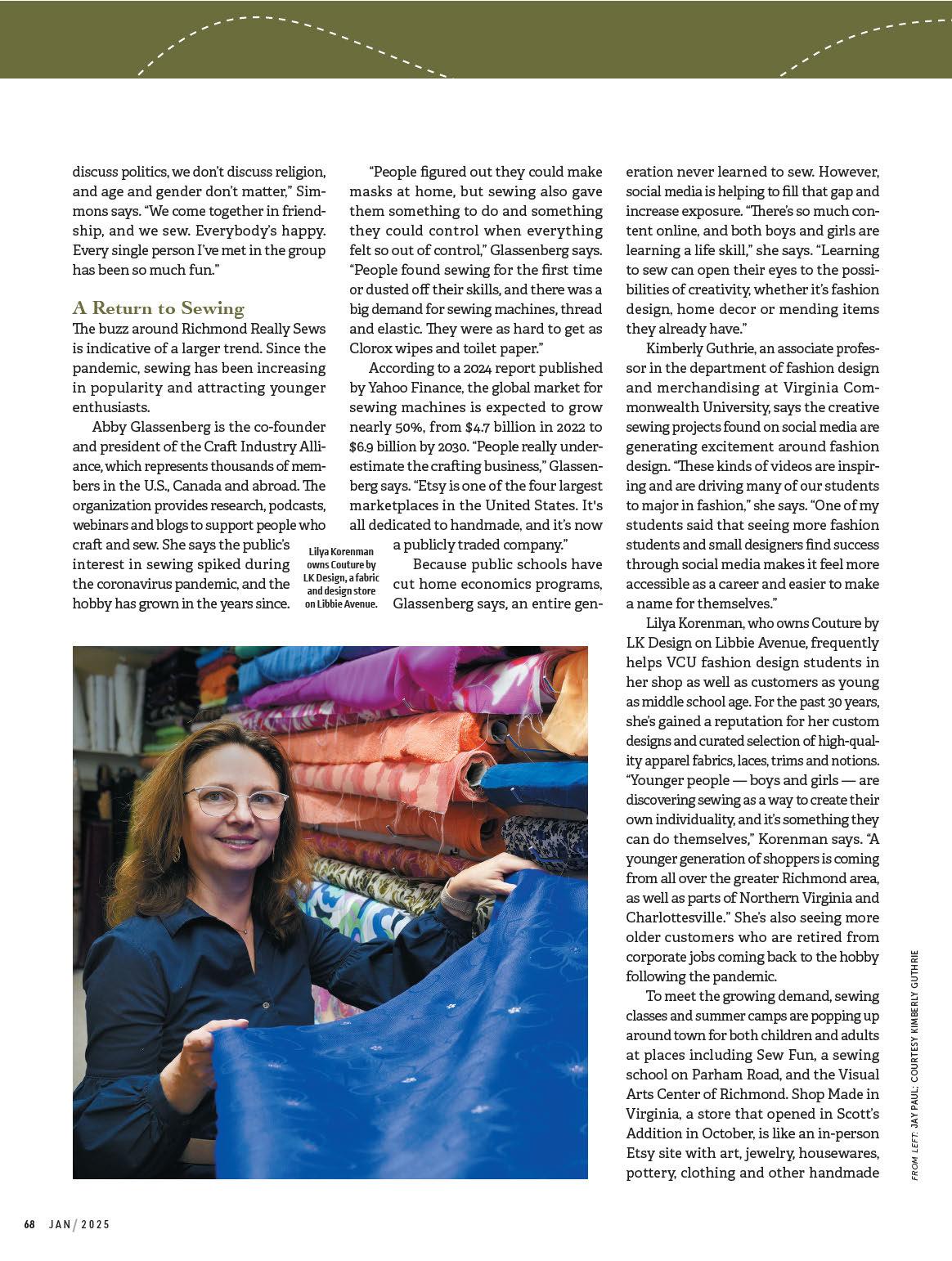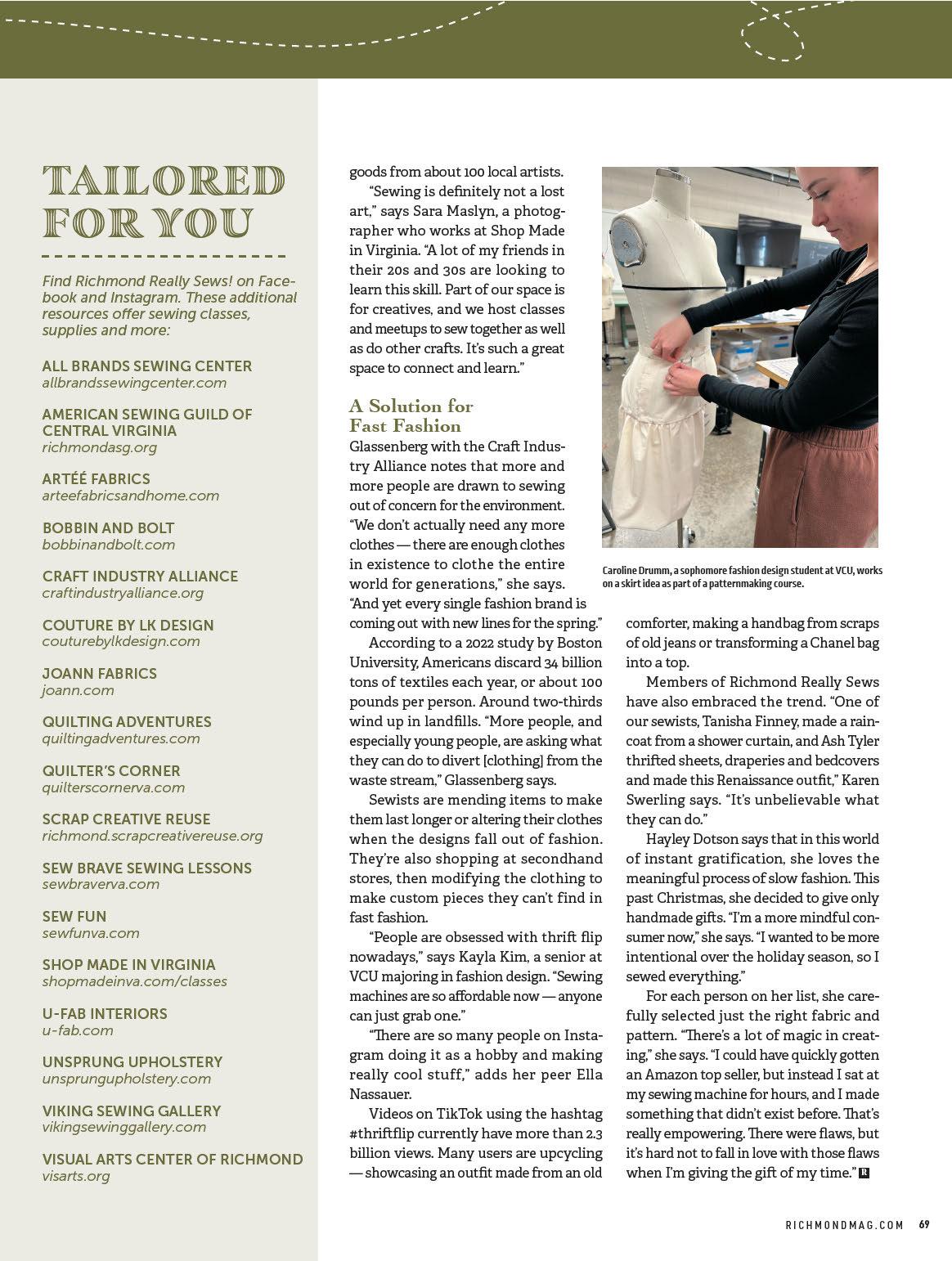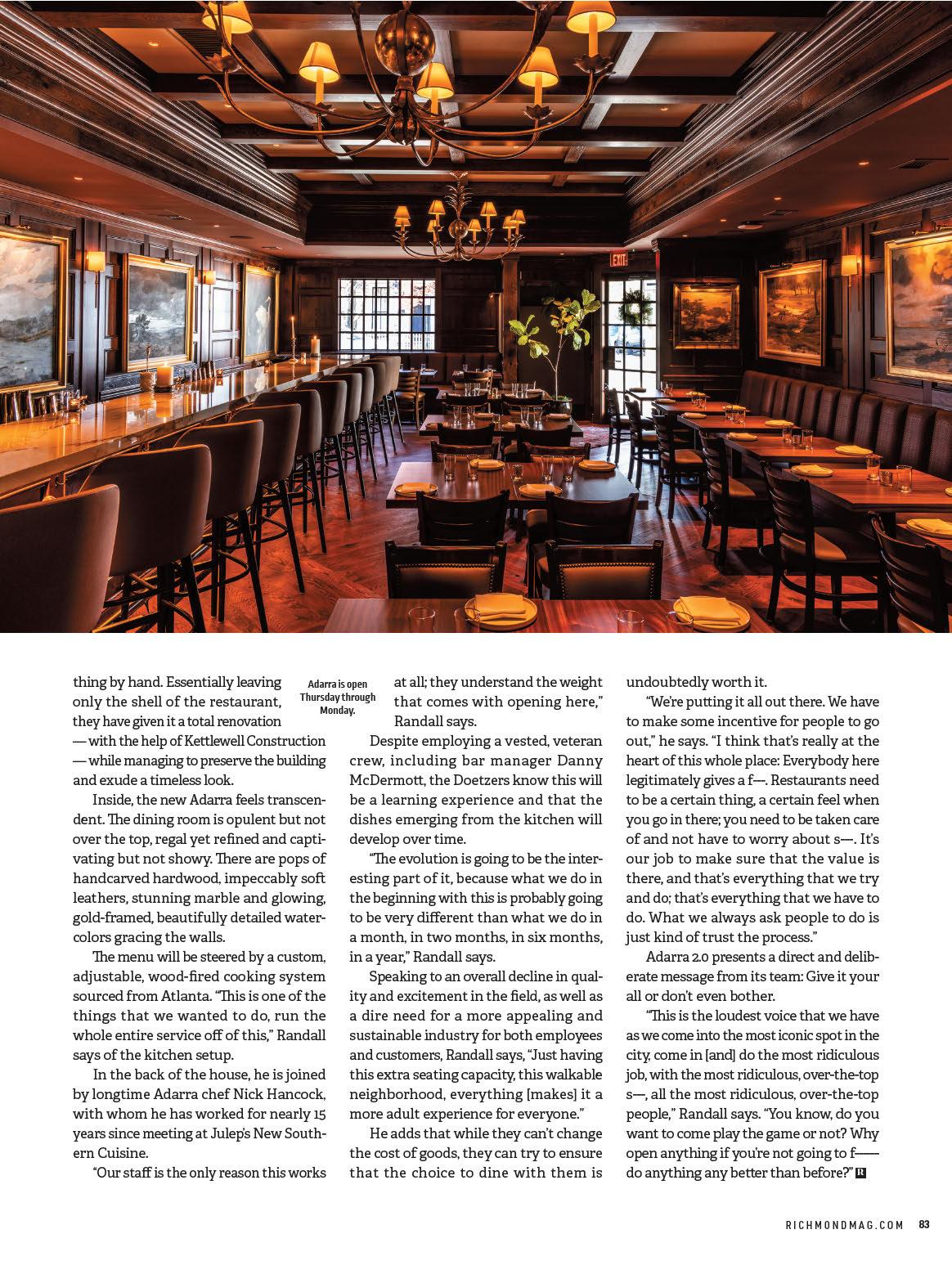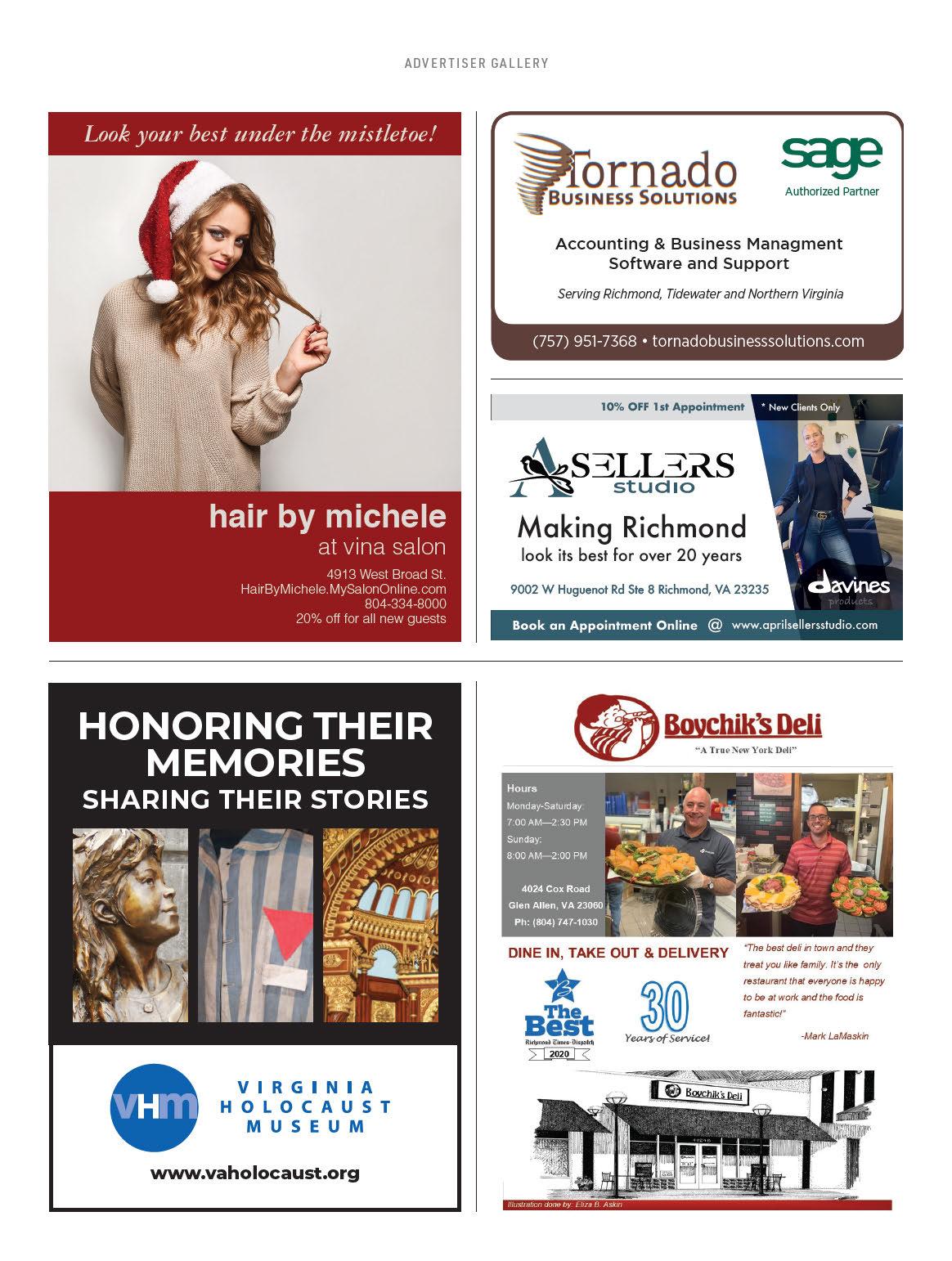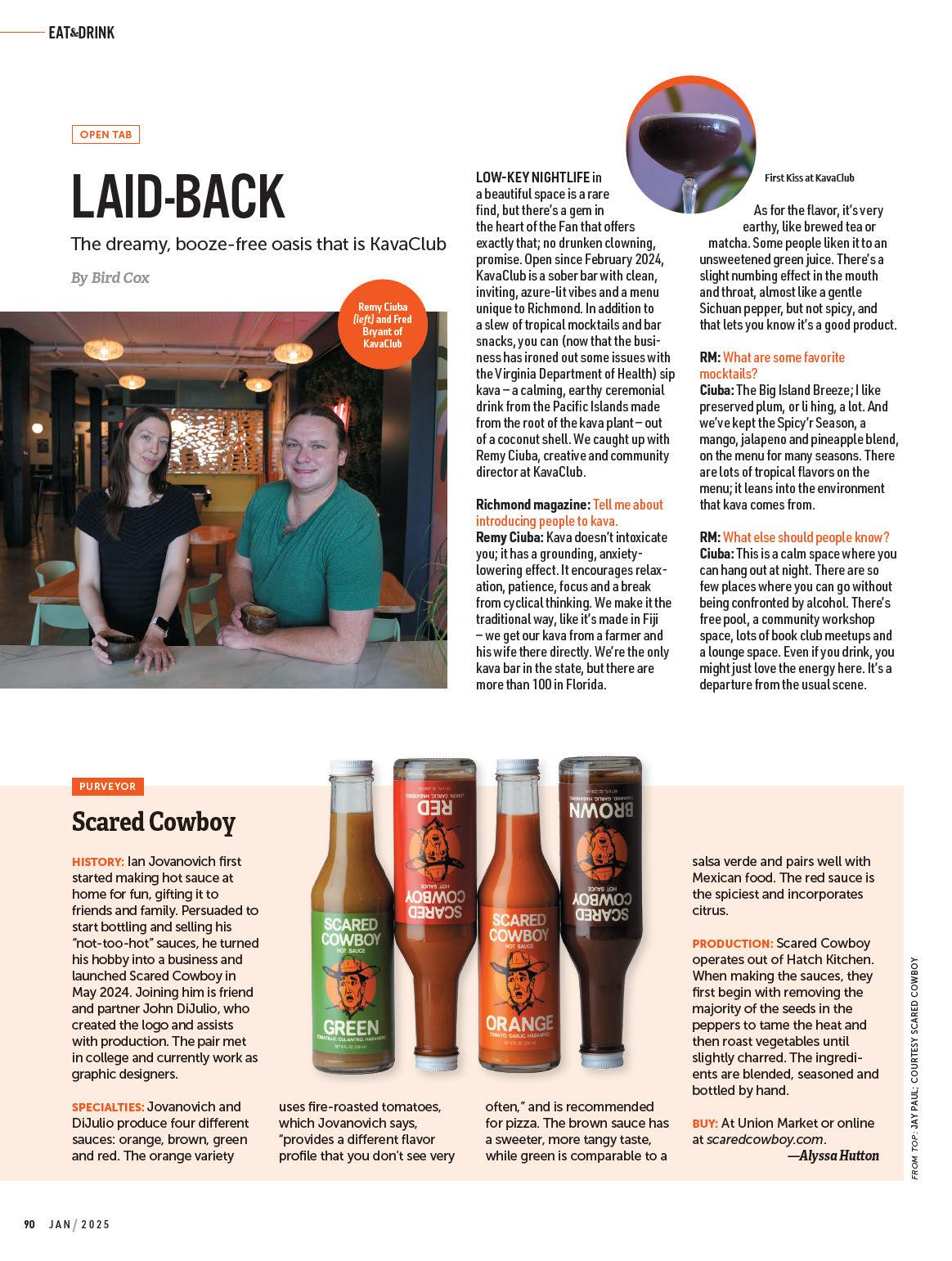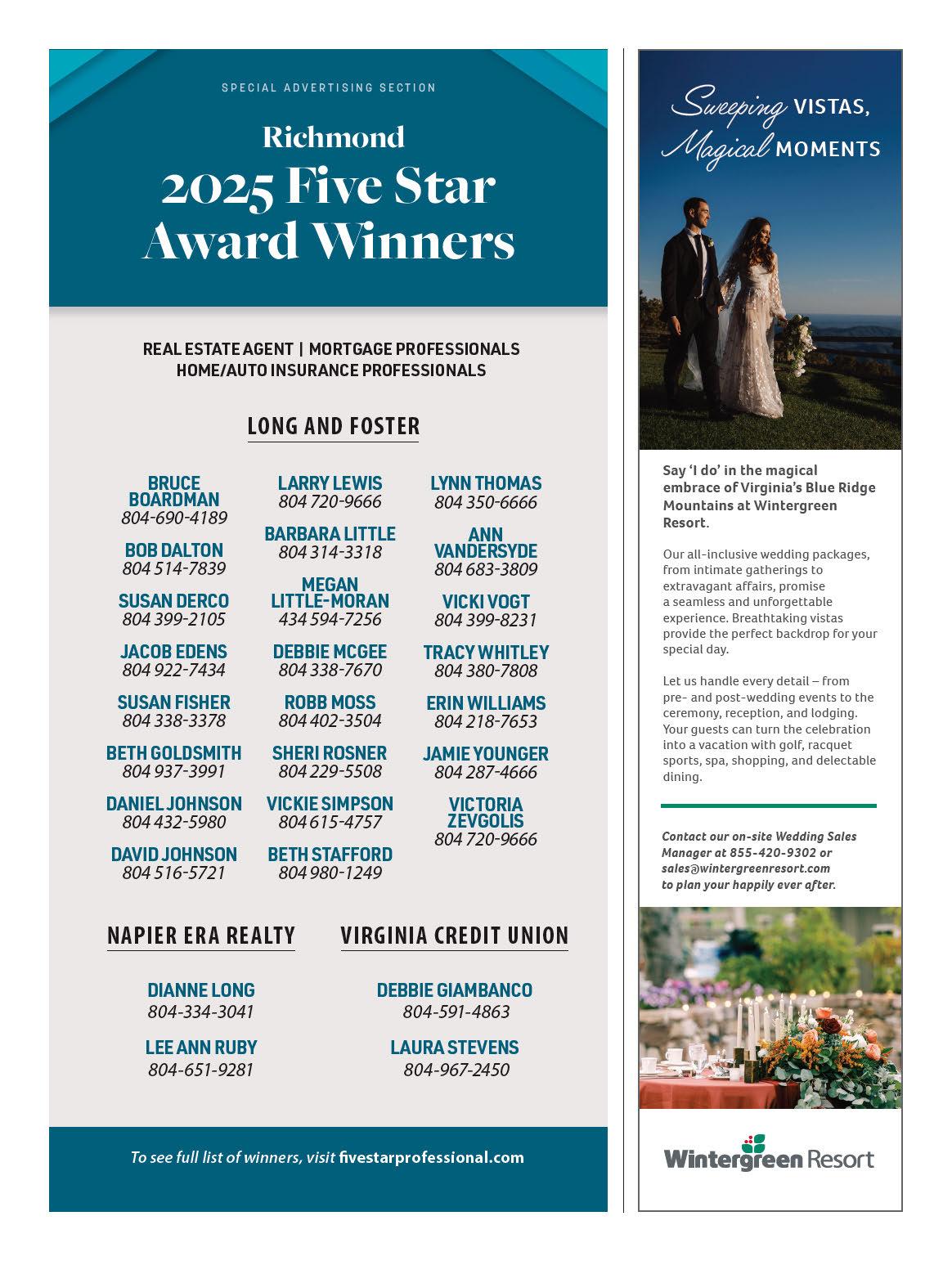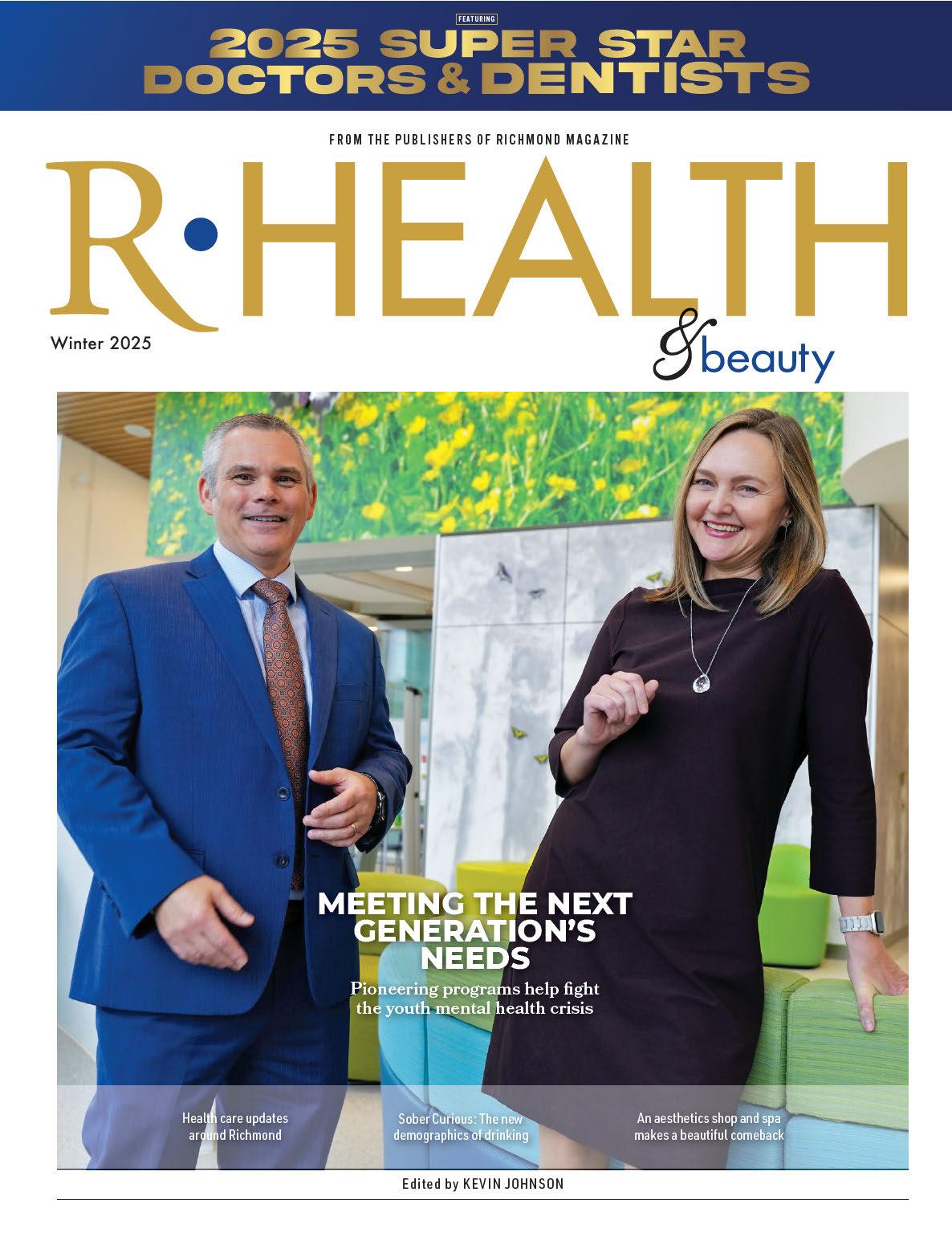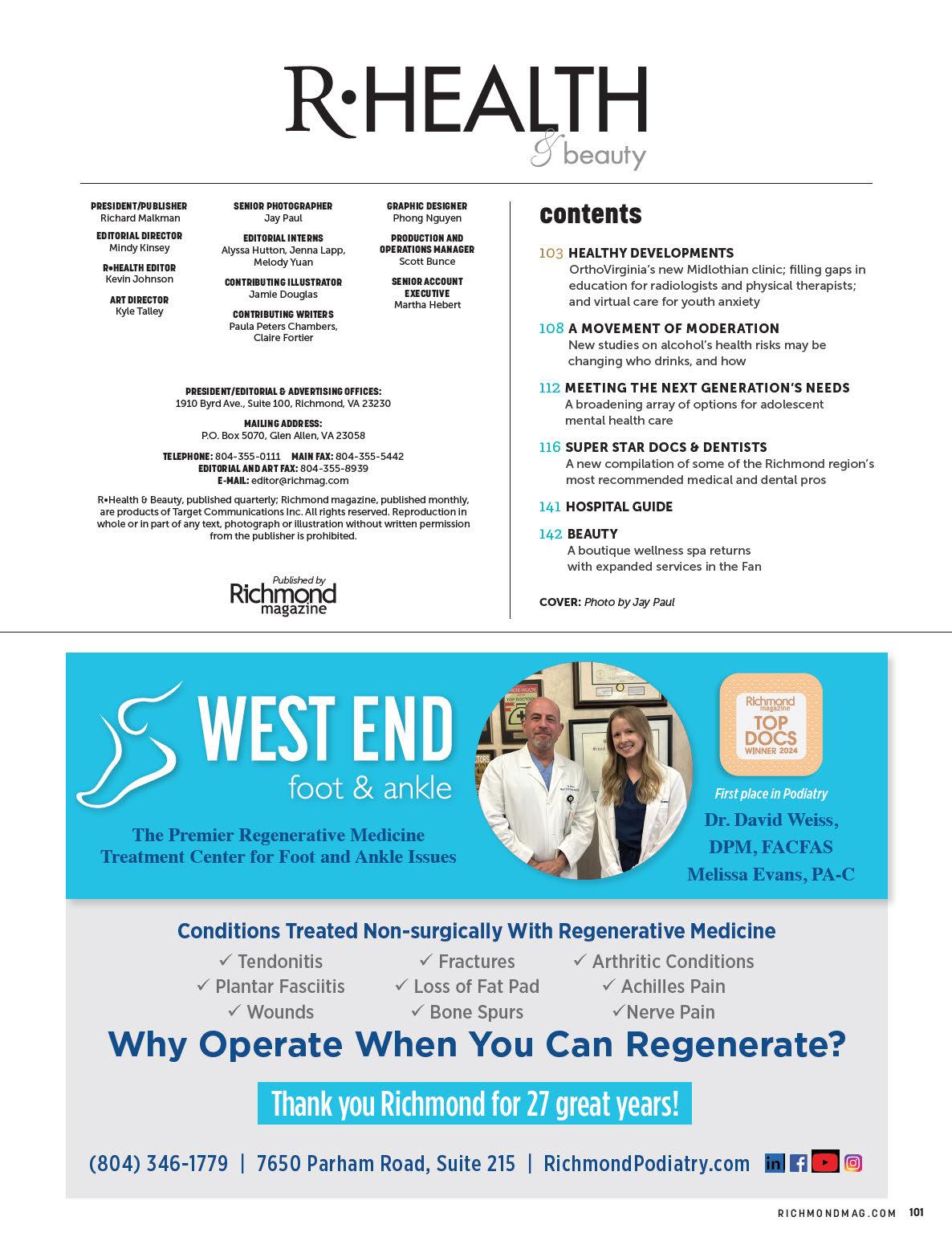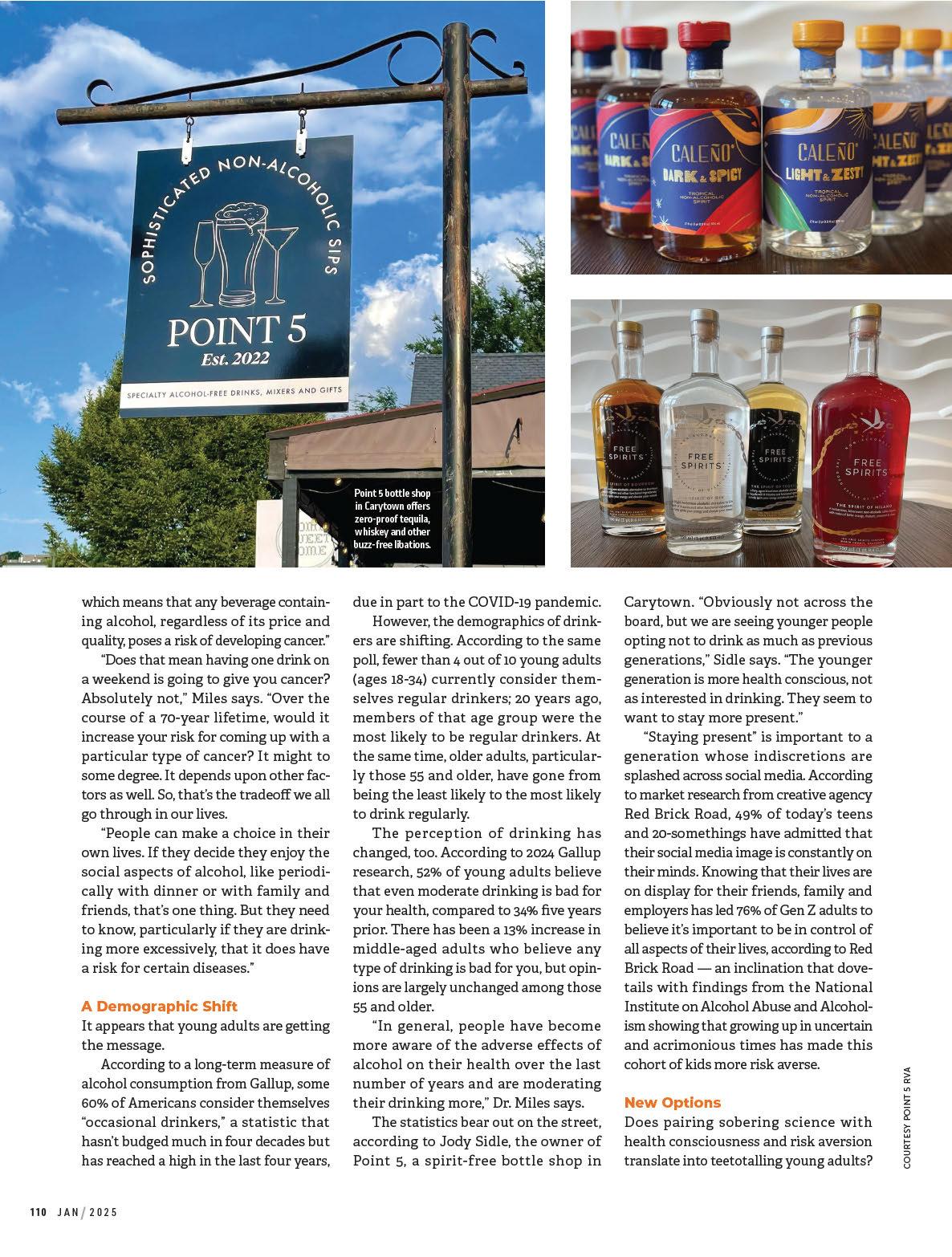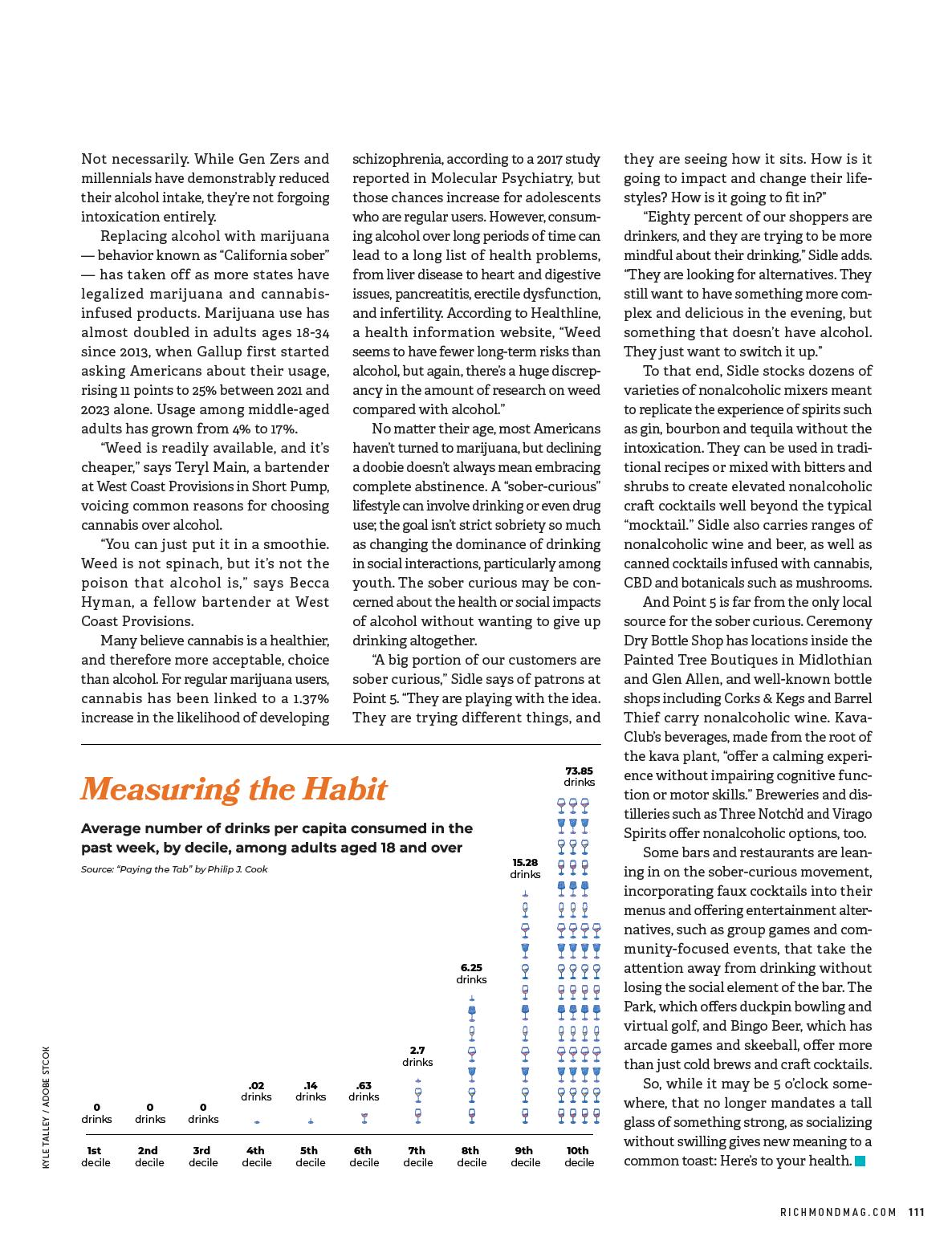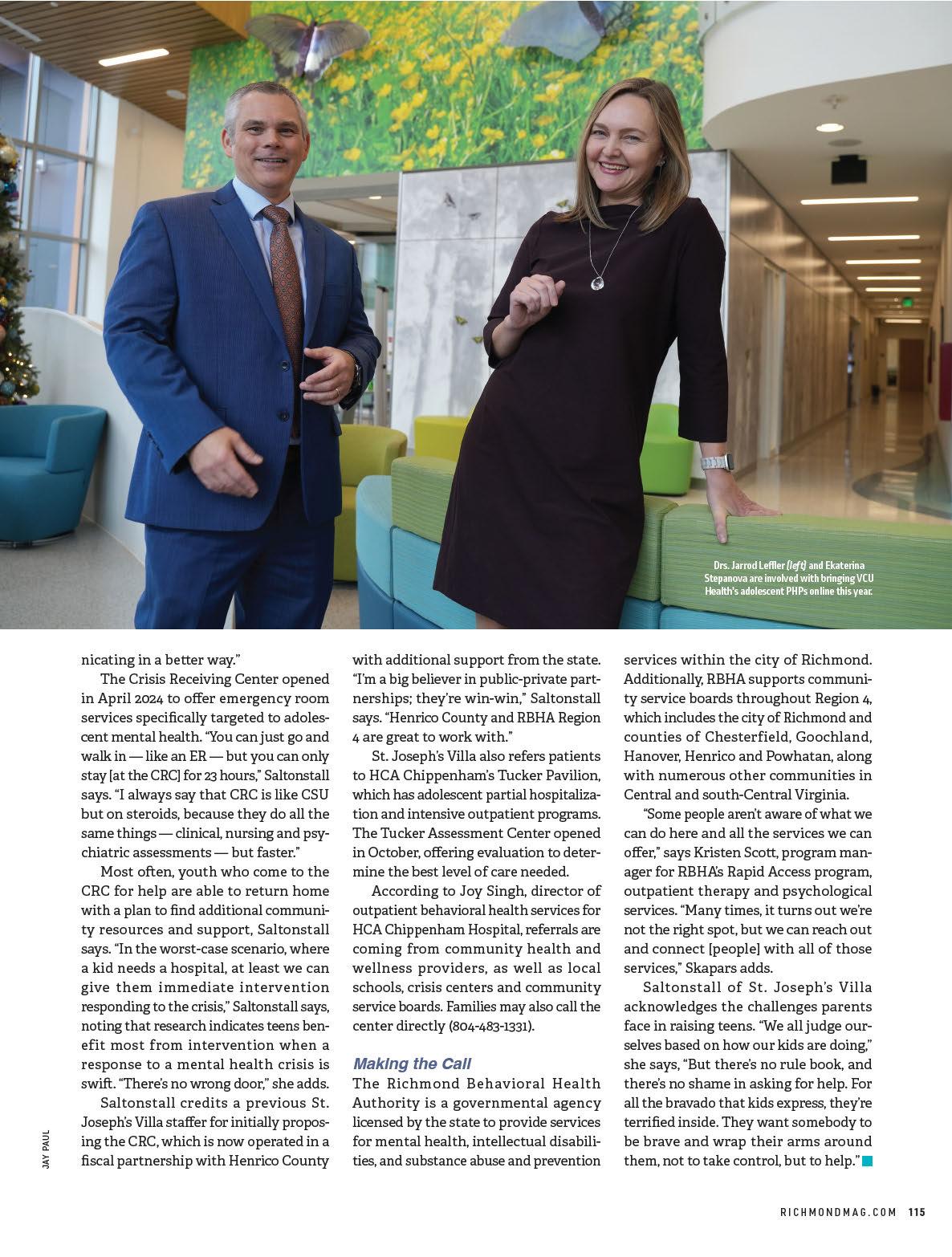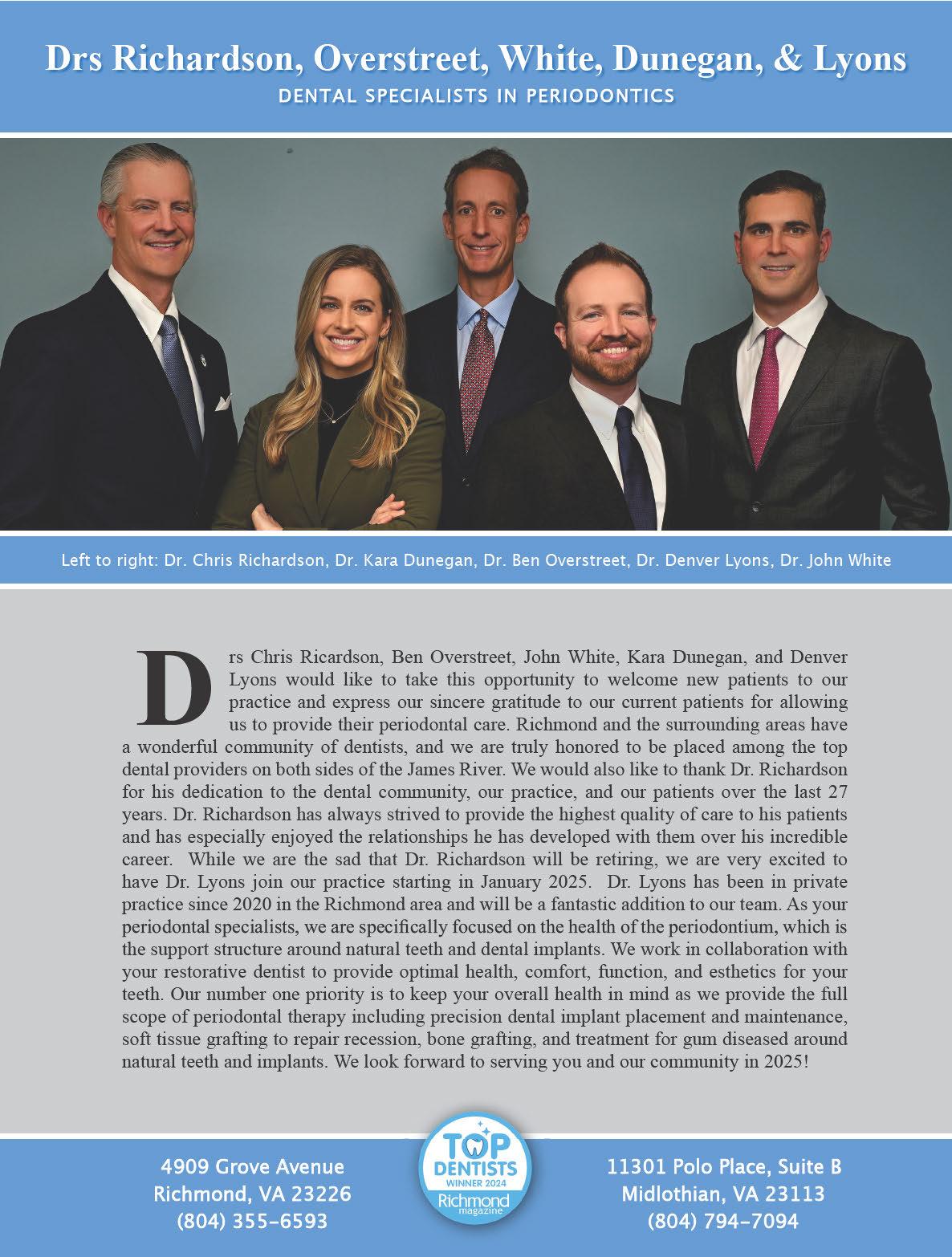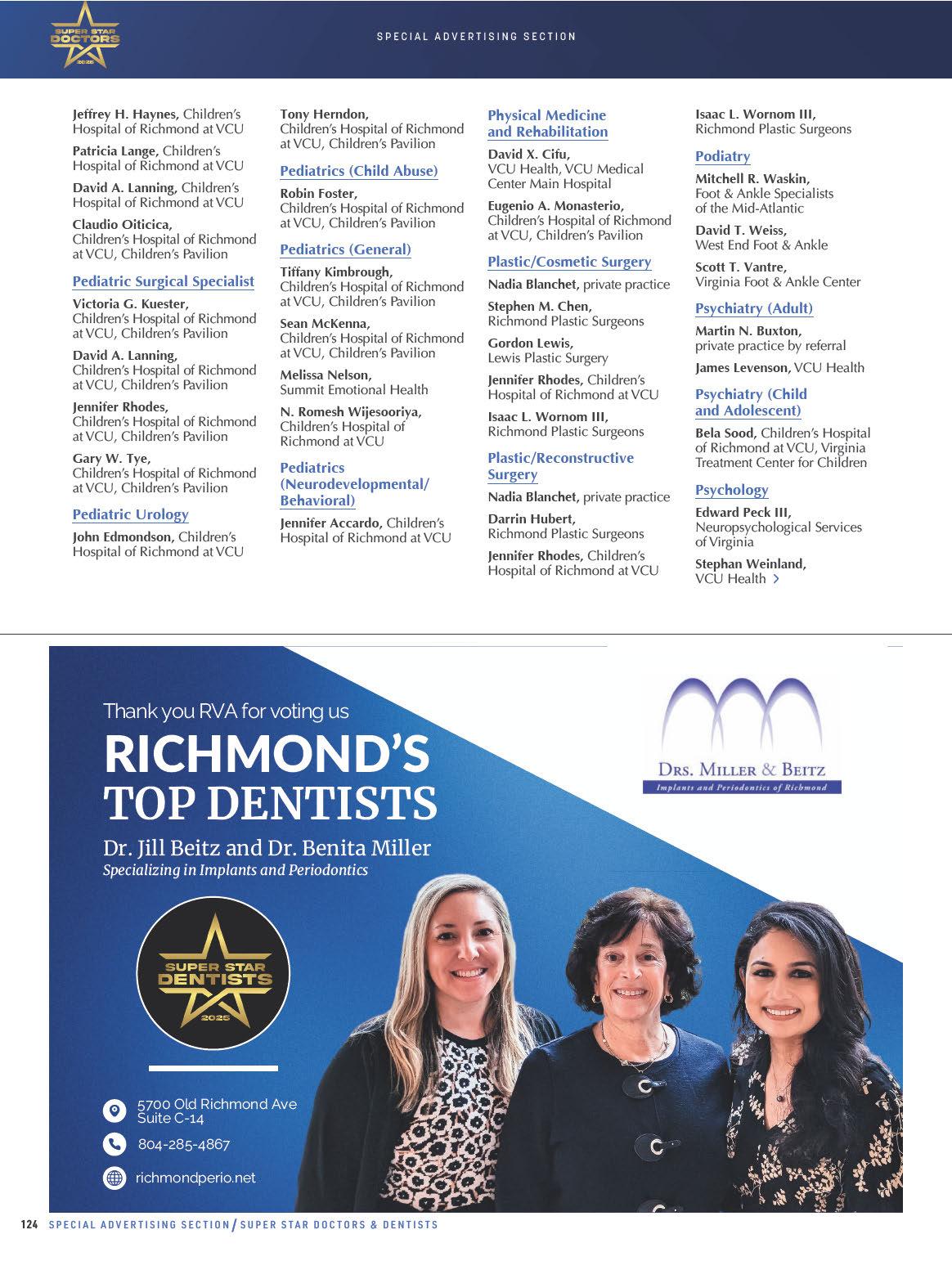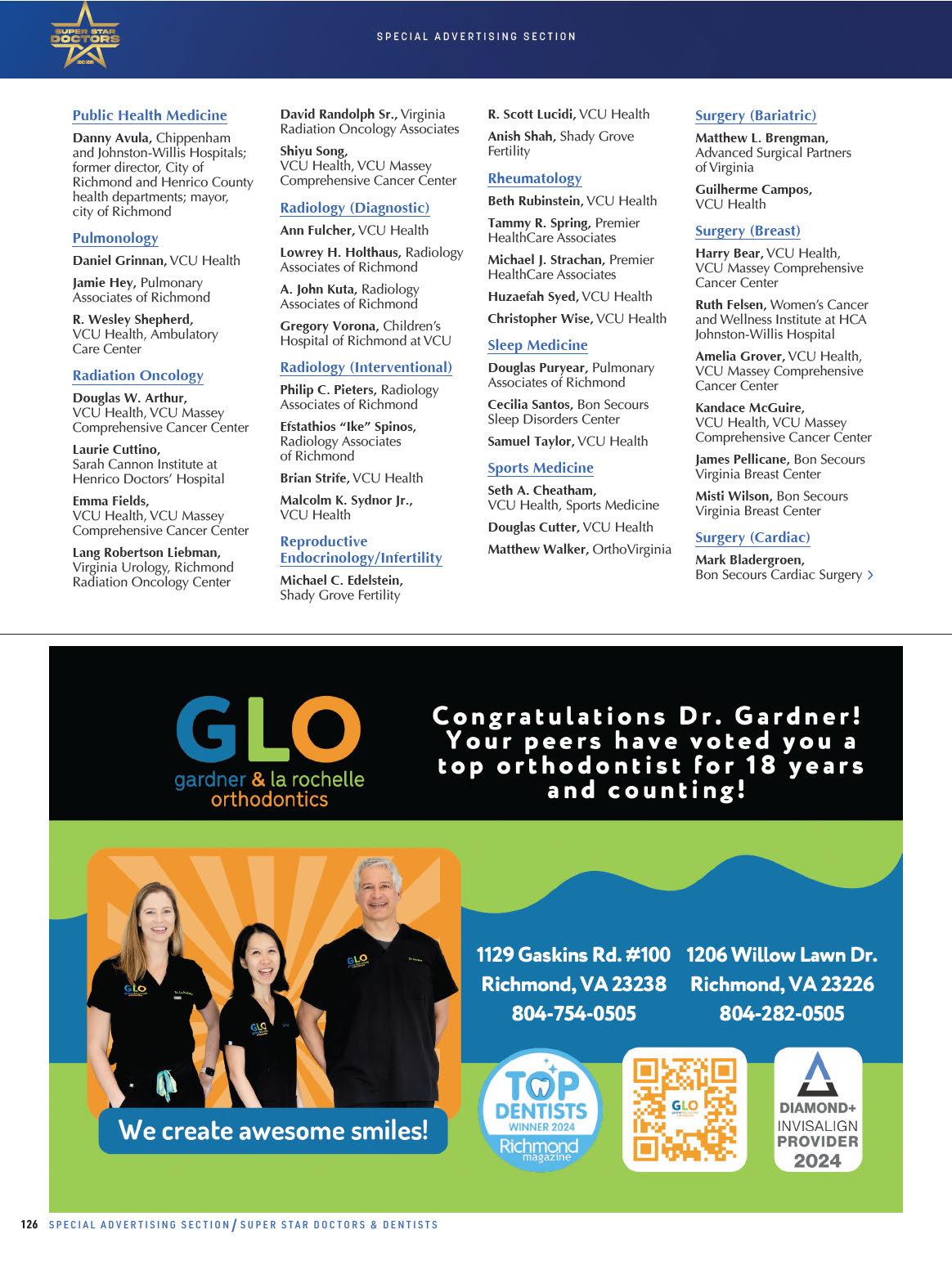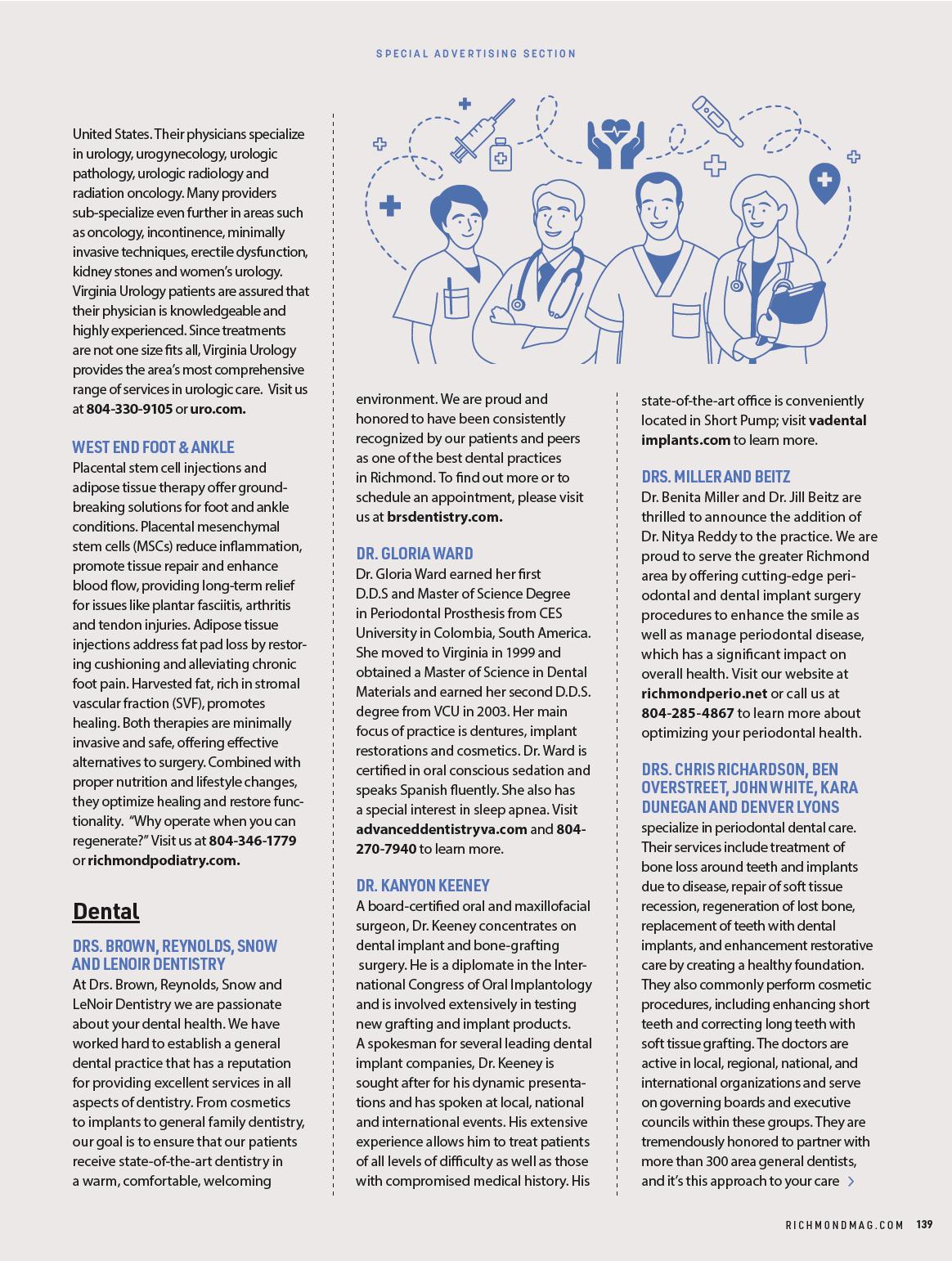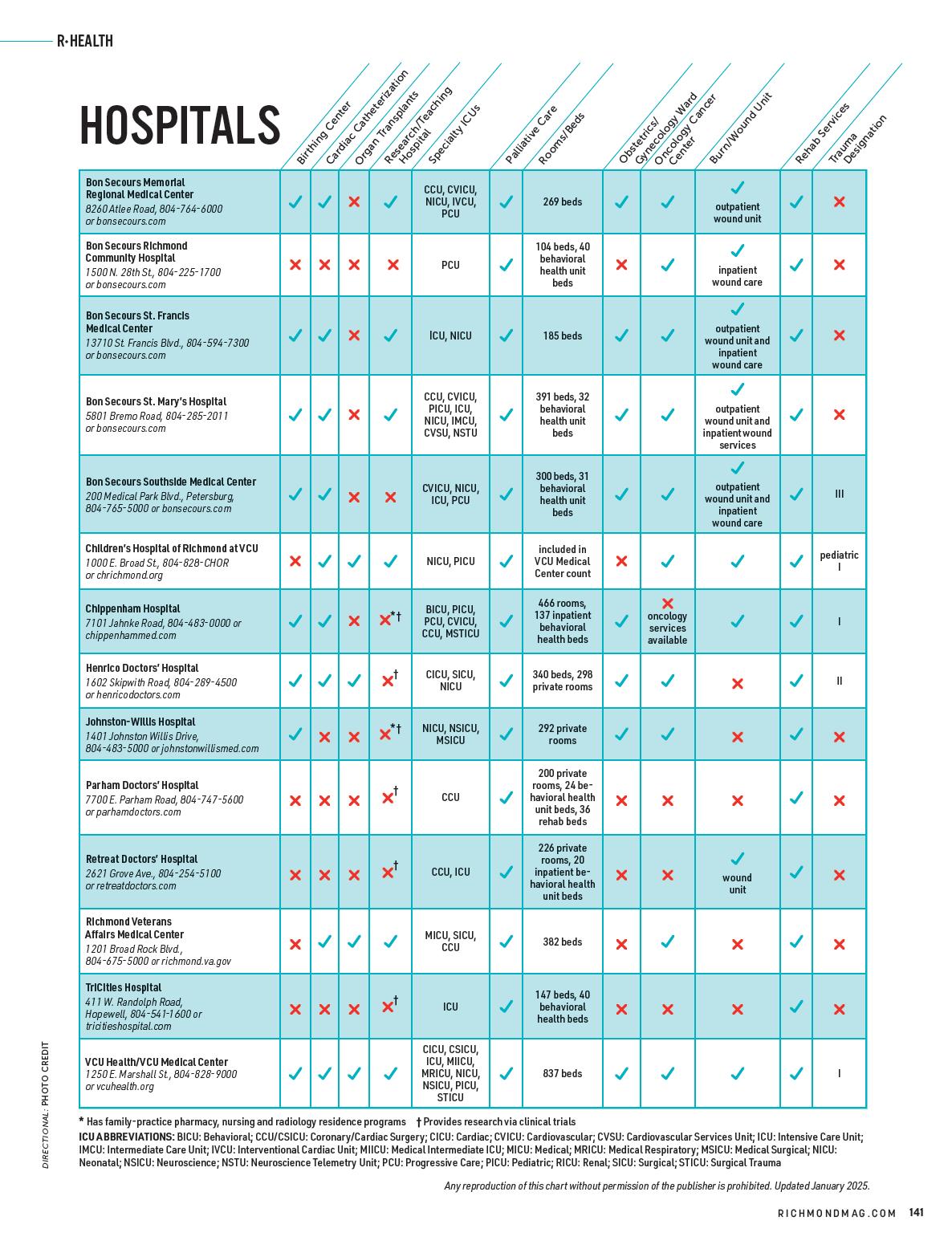






















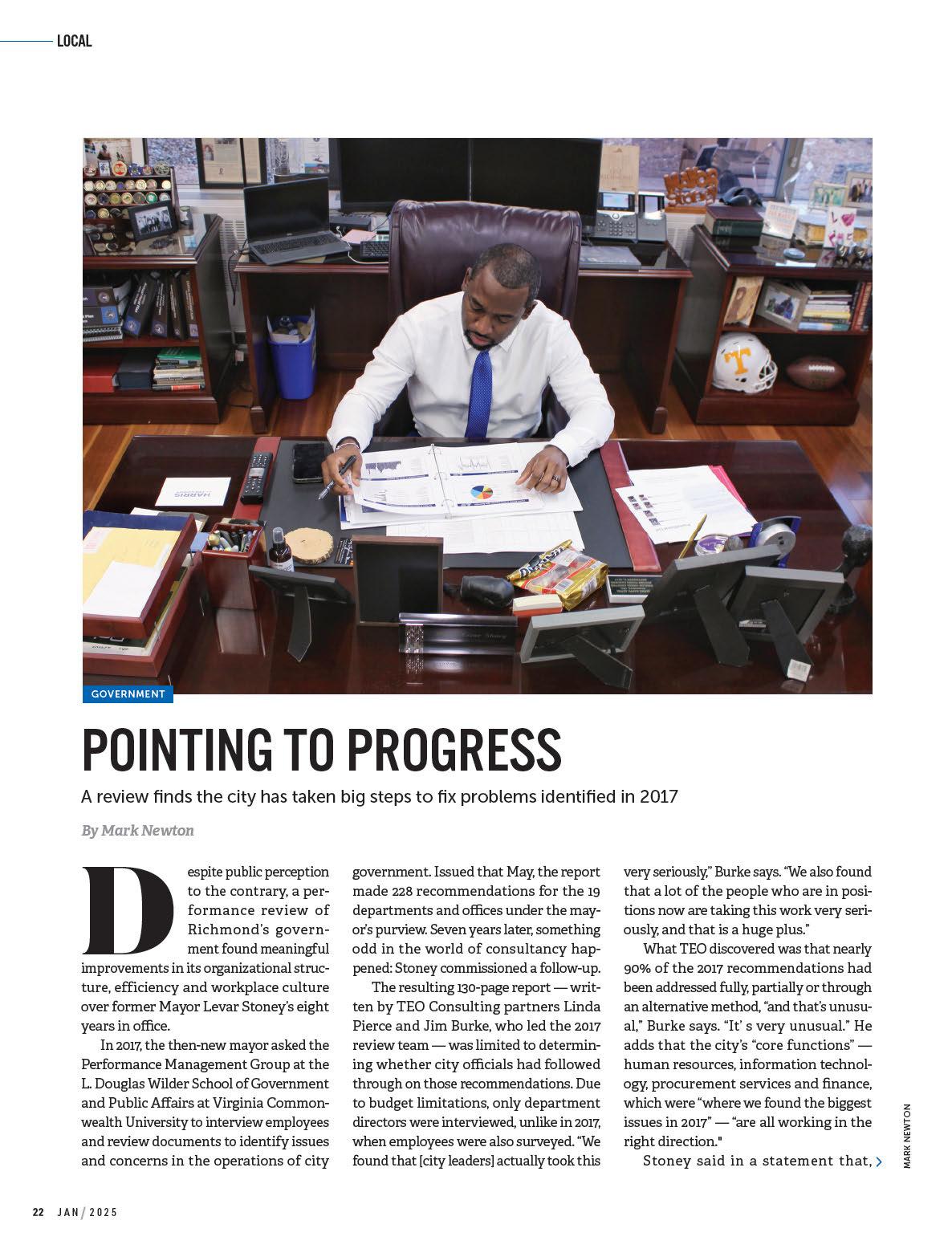








































I could habitate as well,” he says.
Architecture also inspired Dr. Nathaniel Cuthbert to buy Hotel Petersburg. “There’s this fabulous wealth of architecture spanning centuries. And if you take the time to look at it, I think you’ll find a lot that is appealing. It has a real sense of presence,” Cuthbert says. “I always liked the building. It’s my favorite period of commercial building, the first quarter of the 20th century.”
First opened in 1904 as the 30-room Shirley Hotel in the city’s Courthouse District, which is recognized on the National Register of Historic Places, the building then morphed into a six-story, 125-room hotel. It had a grand reopening in 1916 and took the name Hotel Petersburg.
Over the decades, the hotel hosted dances and parties for Shriners and traveling businessmen, and it had its share of crime — most notably, a narcotics bust
in 1916 and some robberies in the 1960s. All these are laid out with photos of newspaper clippings on the hotel’s website.
A series of fires in the late 1960s and early ’70s eventually caused the building to close. The city purchased it in 1975 with the intention of building a new city hall, but that never happened, and the building sat dormant until Cuthbert bought it in 2017.
“I’ve always thought it was handsome, and it got to the point where I thought it was crying out to have something done with it,” Cuthbert says. “It just took me a while to hear those cries and to understand what they were.”
Cuthbert first thought the building would be ideal for apartments. “That would have been far, far easier than a boutique hotel,” he says, “but the city didn’t really want to go in that direction, and the mayor convinced me that a hotel would be a good use.” Cuthbert — whose brother Charlie represents the City Council’s 4th Ward across the street from the site — thought about it, did some market surveys and realized the property could be more than just a hotel.
“This is something that I’ve worked on for five years, to get a boutique hotel here in the city of Petersburg,” Mayor Samuel Parham says. “It took over $23 million to get that old Petersburg hotel renovated and back open, so it’s something that’s long overdue. I’m looking forward to it being a huge hit here in Petersburg.”
Even before its grand opening, the hotel was booking and holding events, Cuthbert says, citing meetings and dinners for pharmaceutical companies. “It’s very gratifying that there has been a lot of interest. I’ve got a stack of business cards this thick,” he says, gesturing with his fingers. “I’ve got to reach out to everybody and make lots of calls.”
GAME CHANGERS
The hotel reopening coincides with growth in the area due to new businesses and developments and, even more importantly, a surge in manufacturing jobs thanks to the pharmaceutical industry.
Petersburg was a hub of manufacturing jobs, most notably in tobacco plants, until one major company le in 1986, says Keith Boswell, president of Virginia’s Gateway Region, an economic development organization that has been helping businesses locate to the Tri-Cities area since the 1960s. “Brown & Williamson [Tobacco Corporation] was the big dog in this area,” he says. “They made an ultimatum to the city [demanding permission to expand]. The city said, ‘Well, we don’t think you’re leaving.’ And they le . They went to Macon, Georgia, and set up a brand-new operation down there. They totally devastated this city.”
According to research by former Progress-Index reporter Sarah Vogelsong, Brown & Williamson had begun building the Georgia plant during the 1970s to allow for growth and later decided due to economic factors to combine operations in its newest facility. However the events are interpreted, the company employed as many as 4,000 workers in Petersburg, and its departure helped speed up an economic downturn, according to the Historic Petersburg Foundation, a preservation organization.
Fast-forward to the growth of the pharmaceutical industry.
“It started mainly because the federal government put up some serious money into ge ing API made back into the United States,” Boswell explains, referring to active pharmaceutical ingredients, the biologically active component of drug products that produces the intended effects. “There are three companies in Petersburg right now making product,” including insulin, he says.
The federal grants incentivized companies to manufacture in the United States, and Petersburg’s designation as a Tech Hub by the federal Economic



